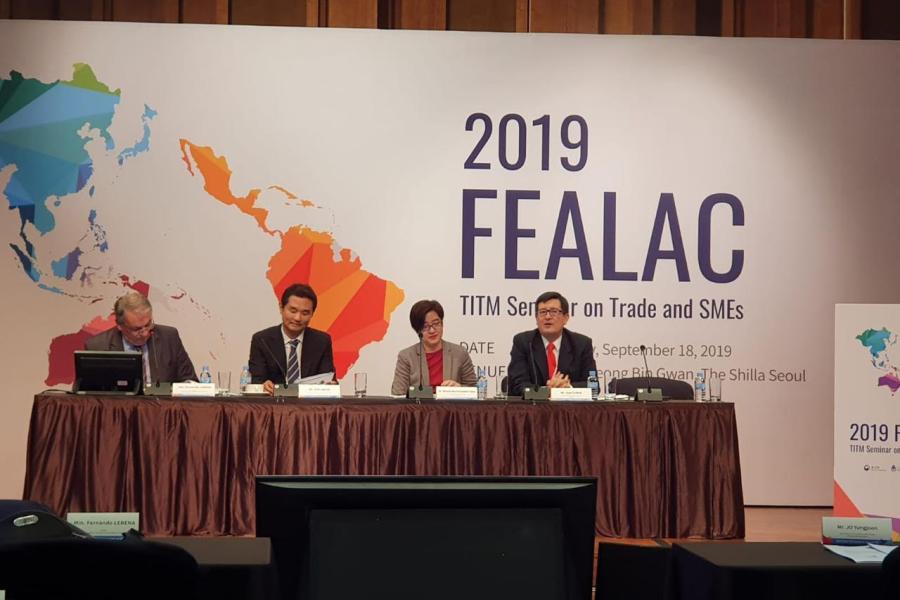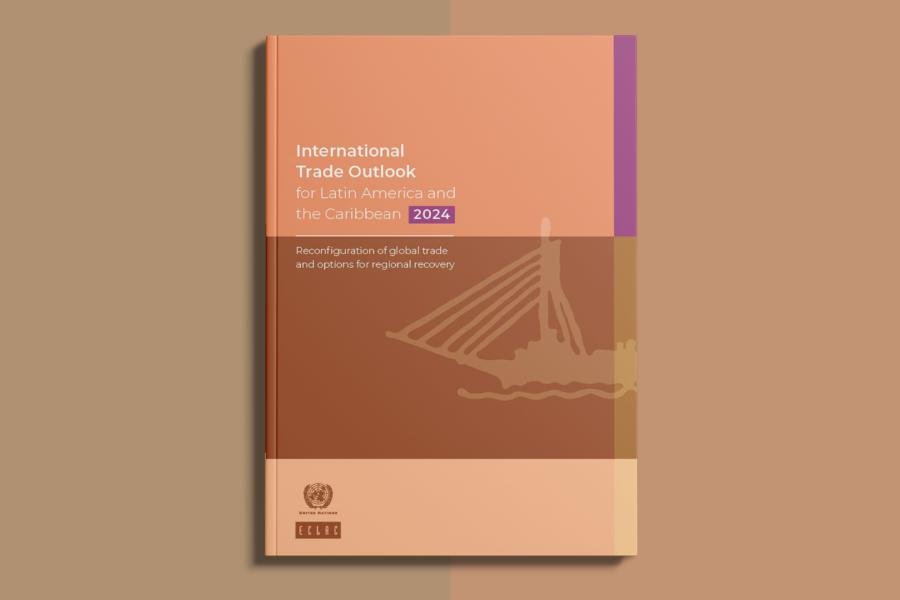Trade facilitation
Trade facilitation refers to the simplification, standardization and harmonization of procedures and associated information flows required to move goods from seller to buyer and to make payment. In simple terms, trade facilitation should streamline customs procedures in order to reduce the time and cost to trade -- essentially, cut the “red tape” at the border. Trade facilitation is a vehicle for economic growth, increased trade competitiveness, deeper regional integration and a better insertion of developing countries into the regional and global value chains.
Activities




News

Given the United States’ New Tariff Policy, Latin American and Caribbean Countries Should Diversify their Trade Relations and Strengthen Regional Integration
According to ECLAC’s latest annual report on international trade, the region’s countries face, on average, lower tariffs in the United States than several of that country’s main trading partners, which opens up some opportunities for expanding their market share.

ECLAC promotes paperless trade in Central America, Mexico, and the Dominican Republic
Regional coordination and technological interoperability are key to advancing paperless and cross-border paperless trade, and to strengthening integration in Central America, Mexico, and the Dominican Republic

Authorities and Experts Call for Joint Efforts to Align Trade Policies with Sustainability Goals
During a high-level conference held at ECLAC, trade and sustainability thought leaders from across Latin America came together to advocate for a strengthened international trade system and better alignment of global commerce with the world community’s commitment to sustainable development. A number of speakers emphasized the value of cooperation on ideas to remake the trade system to be fit for purpose, especially in times of crisis such as the present.

The Value of Goods Exports from Latin America and the Caribbean Will Grow by 4% in 2024: New Report by ECLAC
In the latest edition of the document entitled “International Trade Outlook for Latin America and the Caribbean,” the United Nations regional commission also indicates that services exports will increase at a double-digit rate for the fourth straight year.
Video
External link(s) - Data and statistics
Contact
División Comercio internacional e integración
- comercio@cepal.org